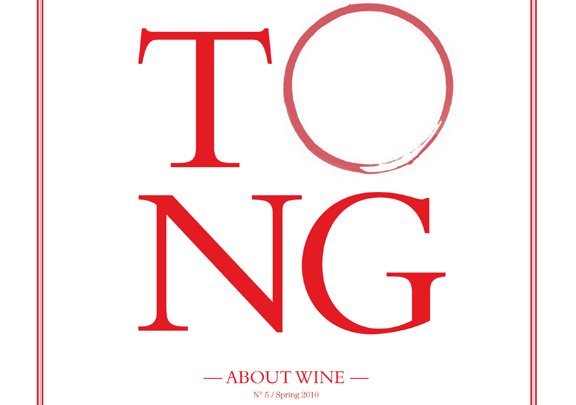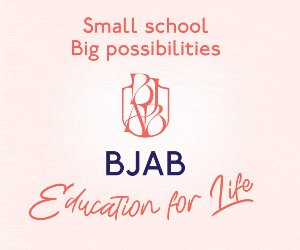Published exclusively in English, TONG (it’s Flemish for ‘tongue’) carries no advertising, develops a single theme through articles and images, and for each issue uses different sorts of paper, different fonts and different styles of photography. According to publisher Filip Verheyden, it’s “a reaction against the idea that everyone is a wine specialist”.
Verheyden is a Master of Wine student who believes in transmitting intellectually solid, ‘real’ knowledge. “We live,” he says, “in times of instant gratification. If we want to talk to someone, we pick up our mobile phone wherever we happen to be. If we want to know something, we click an internet button. We’re going at 200 miles per hour.
What we seem to forget in this race against time is the trustworthiness of this quickly acquired knowledge, and that is something we have to find out for ourselves. But who takes the time to do it? Many people know the intricate details, but they don’t know the basics. We believe that we have become superficial about many things.”
TONG’s contributors are winemakers, oenologists, Masters of Wine, historians, sociologists and others. “We don’t work with the same wine journalists again and again, but each time with different international specialists who write exclusively about their field of work. Wine writers, on the other hand, write to order, which sometimes makes them the antipode of specialists.”
Verheyden is very strict about advertising: “TONG carries no advertising for three reasons. First, we do not want to depend on it. The volume of our pages (48 to 56 pages) does not depend on the volume of advertising. Secondly, we don’t want advertising to alter the publication’s visual appearance. It would contradict our aesthetic approach and move the focus away from the theme’s essence. Third, and most importantly, we think that any magazine that contains advertising should be given free to the reader and shouldn’t be earning money twice!”
Verheyden’s aim is to provide articles that demand the reader’s attention. “I would say it takes an evening to read and think about each article. These are not issues to put in the recycling bin. Even after five years or more, each will hopefully continue to convey the essence of its theme. After all, we’re all about the theory behind wine.”
TONG’s first issue, about Sauvignon Blanc, was published in April 2009, and the magazine has so far published 14 issues, the current one being about South Africa.
There’s also a book, simply called ‘Wine’, and the TONG team is working on its first real wine, which, according to Verheyden, will be “a provocative drink to challenge the way we think about wine. Communication about wine doesn’t have to always go through magazines or books. Why not via a wine itself?”
Since April 2013, TONG and the wine book are distributed nationwide in the U.S. Verheyden, together with his U.S.business partner, is also setting up an exclusive TONG Wine Society with events such as small group tastings, larger events once a year and regular trips to European wine regions. “The first event is scheduled for the second half of October of this year in NYC and we will try to bring the best of Europe with us.”
For more information about TONG, the book, subscriptions and back issues: www.tongmagazine.com







